

Max Davies
2026 Toyota HiAce review
17 Minutes Ago
The venerable Mitsubishi Triton remains a front-runner when it comes to off-roading, even in its twilight years.
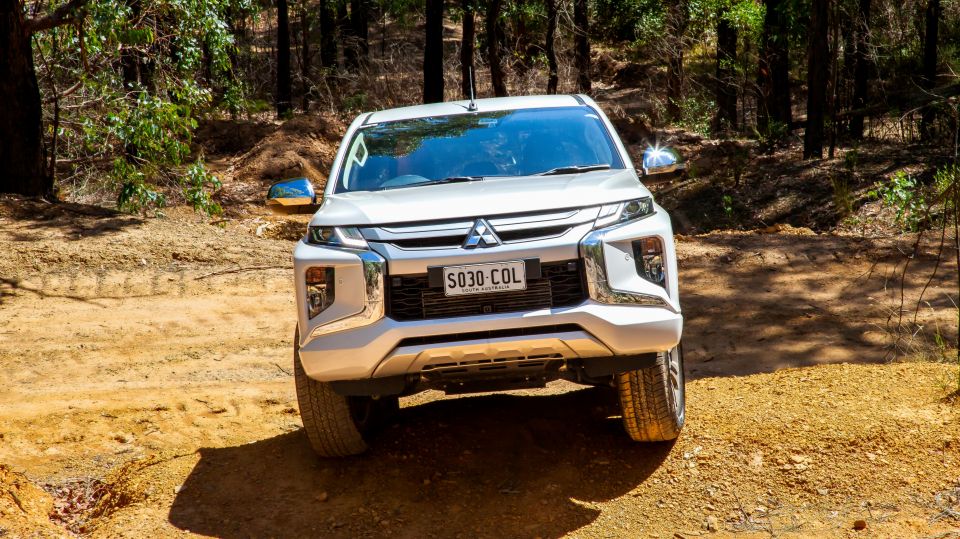
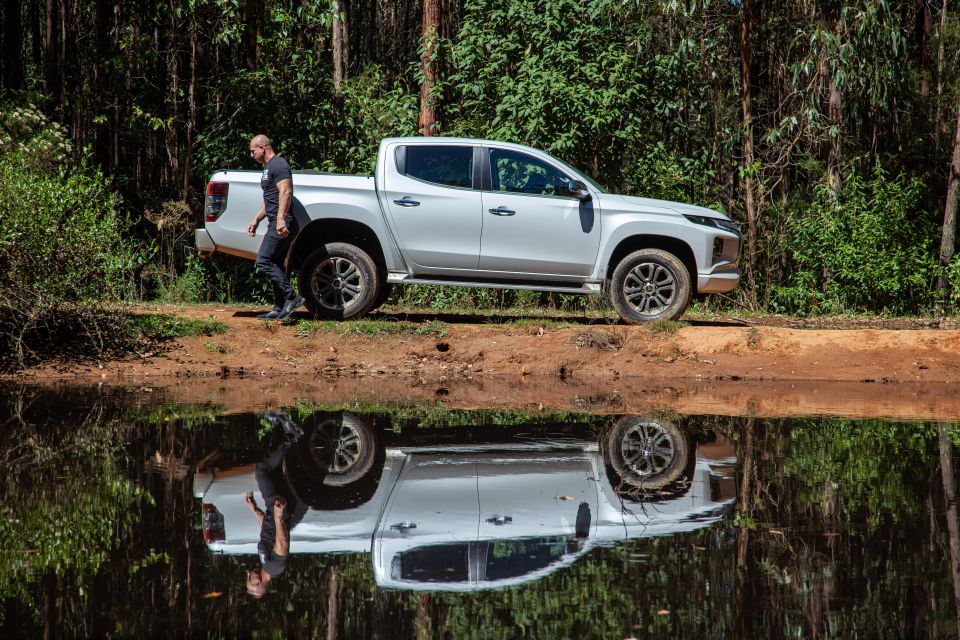

Quickly see how this car stacks up against its competition. Select any benchmark to see more details.
Where expert car reviews meet expert car buying – CarExpert gives you trusted advice, personalised service and real savings on your next new car.
The Mitsubishi Triton is another long-standing 4×4 that falls into the popular and multi-purpose dual-cab ute category of.

As I’ll detail in this review, the Triton is right up there with the best on a number of fronts, yet its sales appeal, reputation and hype just don’t shine in the same way as the likes of the Ford Ranger and Toyota HiLux.
We drove the ‘new look’ Triton back in April of 2020, just as the world was going pandemic crazy, and we loved it. Not much has changed though and whilst the rugged look still holds great appeal, it’s becoming dated inside and out and desperately needs a leg up.
This is even more critical when lined up against the recently-overhauled Ranger, as well as the booming sales and of the up-and-comers in this class such as the Chinese GWM Ute and LDV T60. Thankfully, an all-new model is due in the next 12-18 months and should address these key areas for improvement.
There is still plenty to like about the Triton, but while there are positives there are just as many negatives that hold this decent 4×4 back from being a real standout.
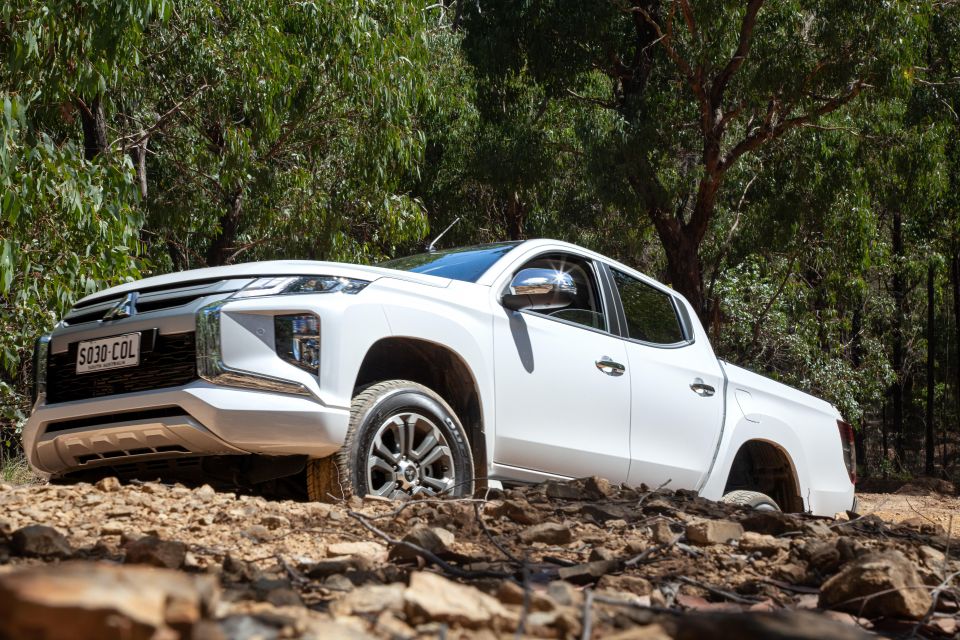
At first glance the Triton offers great mid-level value for money, the 10 year warranty and capped-price servicing are excellent, and depending on where you stand it’s either a pricey budget 4×4 or a great value offering for $10,000 below the top sellers.
The first thing you notice when entering the cabin are the seats. They are well bolstered, comfy-looking yet firm, attractively styled with a hint of simpleness, and plainly put: quite nice to sit on. The bolsters are also appreciated further when off-roading.
The dash and door trims in particular though, are dated and a tad dull. We know a new generation is on the way and we hope, for the sake of the Triton, that the interior is markedly overhauled. There are some positives though, along with the comfortable seats; the simple and basic instrument cluster is easy to read and not overcomplicated.
In saying that, and this does seem to be a theme with the Triton, when it comes to 4×4 controls the cluster’s indicator lights that identify which 4×4 mode you are in and which features are on or off, are some of the best-in-class. It was actually fun just sitting stationary and continually flicking the buttons and dials to watch the changing icons and lights showing what was or wasn’t engaged.

It’s clear, concise, easy to read and informative. Plus the error messages explaining why you couldn’t select a certain feature at a certain time were explicitly clear in explaining what was wrong and how to remedy it. For example; highlighting you need to be in neutral to select 4L.
Wind noise on the highway is quite well suppressed up front, but there are infrequent blustering noises from the rear of the cab along with some odd harmonics and vibrations from time to time.
On-road the suspension is not too soft and not too firm; it’s a pleasant balance that responds well to the terrain during smooth driving, yet still provides plenty of confidence and stability during harsher situations.
Safety is something the Triton has right, unlike the Isuzu D-Max and Mazda BT-50, and to a lesser degree the Ford Ranger. The Triton has no invasive, over-reactive responses to collision and lane change warnings, for example.
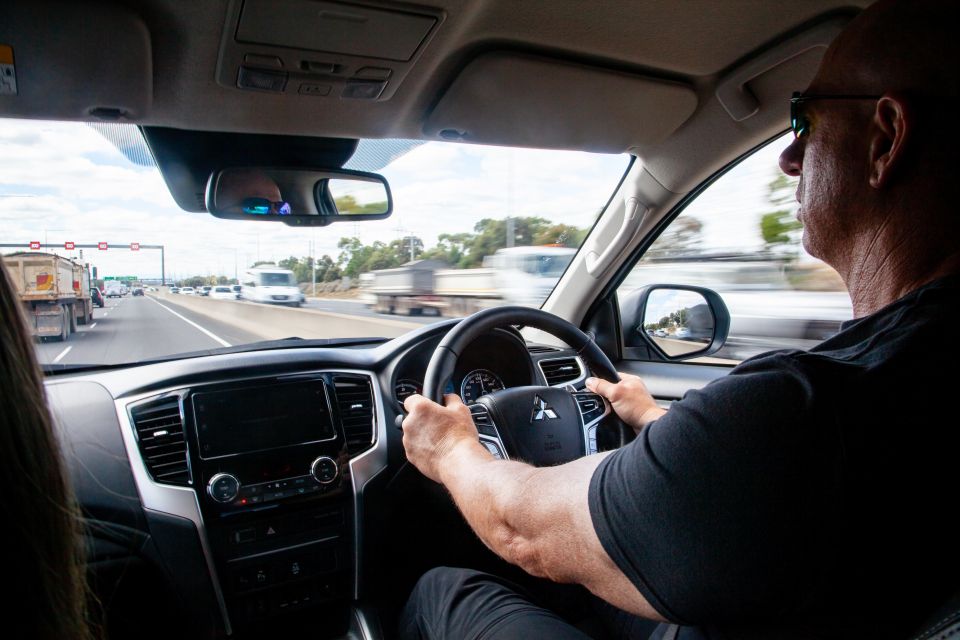
There is just a tolerable alarm and a warning light to indicate an issue, and unlike the others it leaves you calm enough to react and correct as opposed to being shocked and fighting what the vehicle is forcing upon you.
It may not be the ‘lack of responsibility’ driving experience some want but I am definitely a fan of this style of safety features.
Apart from a couple of times at speed where the Triton took its time to shift from 2H to 4H or vice versa; switching the off-road modes was virtually instantaneous.
Along with the easy-to-follow indicator lights on the dash cluster, the Triton’s 4×4 system is one of the best in its class and definitely one of my favourites.
But it’s far more than just the switching that sets it apart; it’s the added safety and benefits afforded by the fact that the Triton runs a centre differential with a locking mechanism that allows it to switch between 2WD, AWD and 4WD modes.
Without going too deep into the mechanics of it all; AWD (All-Wheel Drive) functions when the vehicle has a centre-mounted third differential that is located within the transfer case. A number of SUVs and sports cars are AWD, but it’s the centre diff lock that makes all the difference and turns a humble AWD into a proper 4WD (Four-Wheel Drive).
To complete the definition of what makes a ‘4WD’ not an ‘AWD’, and gives it the bulk of its tractability, the transfer case must also have a low- and high-range, ultimately a dual-speed transfer case that’s locked or lockable.
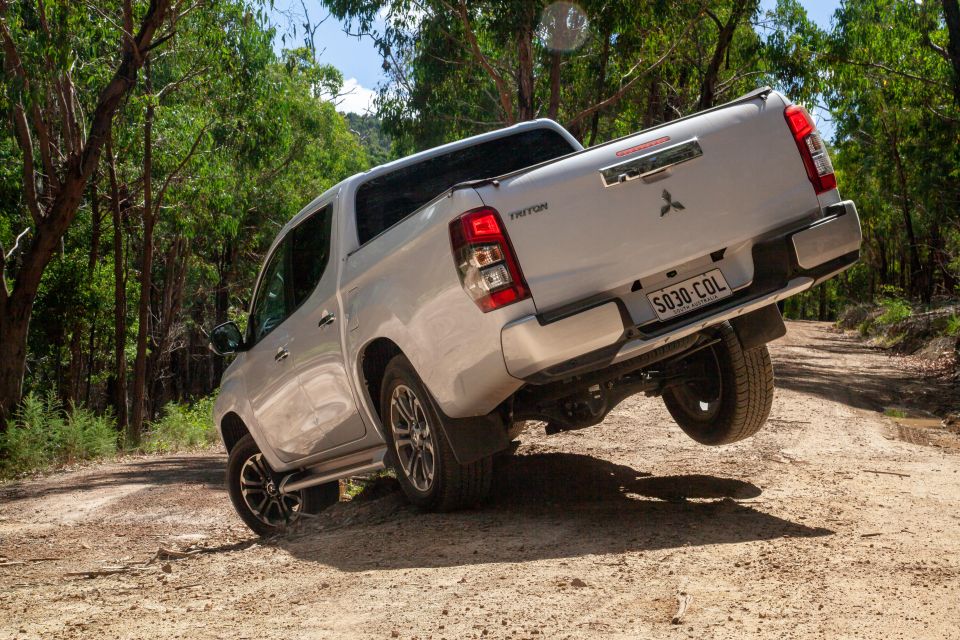
Armed in this way, The Triton can function on-road in 2WD to maximise fuel economy and to reduce wear and tear on the front drive components; it can then operate (by switching from 2H to 4H) as an AWD and enjoy the added benefits of improved traction, safety, steering and handling both on- and off-road.
When dirt roads are encountered, it can then switch to 4HLc (4 High Locked) and drive with improved traction and control in off-road and 4×4 situations. For maximum capability as well as improved torque application and control, switching to 4LLc (4 Low Locked) provides the ultimate setup for off-roading.
But wait… there’s more (as the steak knife ad goes). For even greater traction and off-road ability, the Triton also comes from factory with a rear diff lock that provides further improved capability, as well as compensating for the poor suspension travel associated with independent front suspension (IFS) dual-cab 4×4 utes.
Armed with such a system, the Triton provides better traction and more options for handling all sorts of on- and off-road conditions, and when things get tough off-road the Triton does just as well, if not better, than more expensive vehicles in the same category.

For a standard vehicle (see mod-ability section below) the Triton is very well balanced in difficult and off-camber situations. It feels safe and stable; and in 4LLc with the rear diff lock engaged, it is a very capable off roader.
At speed on dirt the AWD mode works extremely well, and the balanced factory suspension does a solid job of handling the bumps whilst keeping the tyres securely on the ground. Unlike the Ranger, the Triton doesn’t skip or bounce around anywhere near as much when travelling on bumpy dirt roads.
Gimmicks such as ‘hill descent’ and the ‘mud and snow’ modes are there for less experienced drivers, with the first assisting in controlled braking and gearing during steep off road descents, and the later limiting wheel spin at slower speeds in low-traction environments.
The Triton is powered by a 2.4-litre four-cylinder turbo-diesel backed by a six-speed automatic transmission as tested, outputting 133kW (3500rpm) and 430Nm (2500rpm).
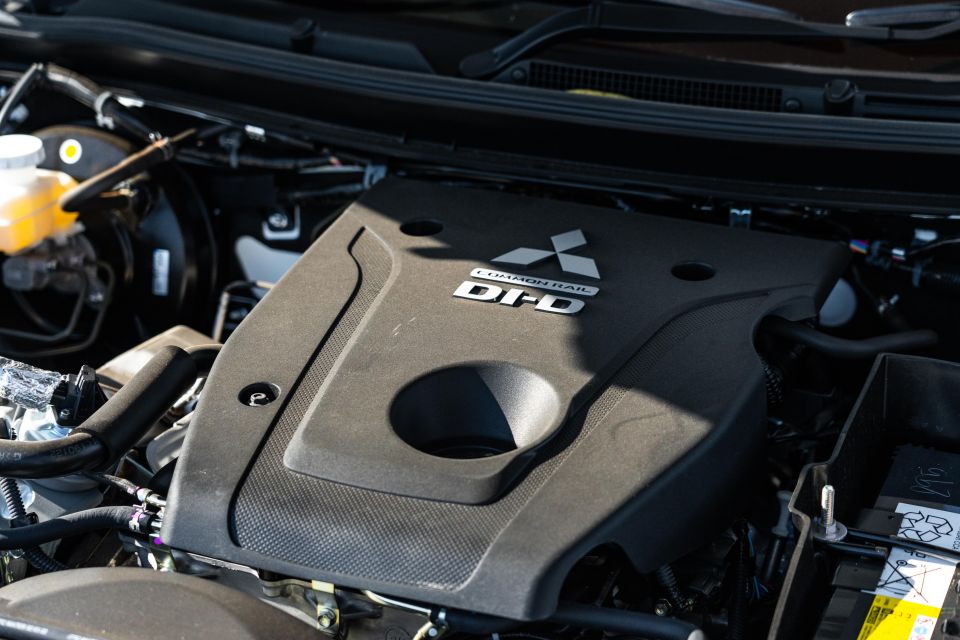
It’s no better nor no worse than similarly-priced rivals on the market, yet it’s sufficient and gets the job done without breaking any land speed records.
It is, however, pleasing to see another six-speed ‘box still in operation instead of the eight or higher-speed ‘boxes that some newer rivals feature.
As such, the Triton has no hunting or over changing issues and ticks along as it should with no fuss or bother.
The Triton is popular enough to be on the hit list of most after market accessory manufacturers and hence there is no shortage of gear you can throw at this little off road winner.

Don’t muck around with one or two enhancements, go the full hog and take advantage of the Triton’s superior 4×4 system by adding aftermarket suspension; larger tyres; bull, side and rear bars; a canopy and roof rack; driving lights; a winch; a UHF radio, and a rooftop tent.
You will be close to GVM, but you could also get a GVM upgrade just to be sure. In all seriousness though, selecting the key accessories that suit your needs will greatly enhance what is already a decent off-roader.
There are a number of small things that hold the Triton back, sadly.

Brake pedal feel and height could be adjusted, the auto locking function became incredibly annoying.
Each time we stopped to take photos and the photographer couldn’t get back into the vehicle – we had three adults (car buffs) in the car for three hours and even after reading the manual, we couldn’t find out how to unlock the Triton from the inside whilst it was running.
The interior trim needs an update (Mitsubishi, take a look at the Mazda BT-50 please), and while it has a nice bird’s-eye camera display when reversing we couldn’t work out how to switch it on when off-roading. That’s the start of the wishlist, and there are plenty more items to go – good thing an all-new model is just around the corner.
But all things considered, and given the price, the Triton is a decent performer that makes up for what it lacks in cabin refinement with a superior 4×4 system and decent off-road cred compared to many rivals.
The humble Triton may live in the shadow of the top-selling Toyota HiLux and Ford Ranger, but it still should be considered as an option when looking at the vast and ever-growing dual-cab 4×4 utility sector.

Click the images for the full gallery
Where expert car reviews meet expert car buying – CarExpert gives you trusted advice, personalised service and real savings on your next new car.


Max Davies
17 Minutes Ago


William Stopford
16 Hours Ago


Ben Zachariah
17 Hours Ago


Derek Fung
18 Hours Ago


Matt Campbell
1 Day Ago


William Stopford
2 Days Ago